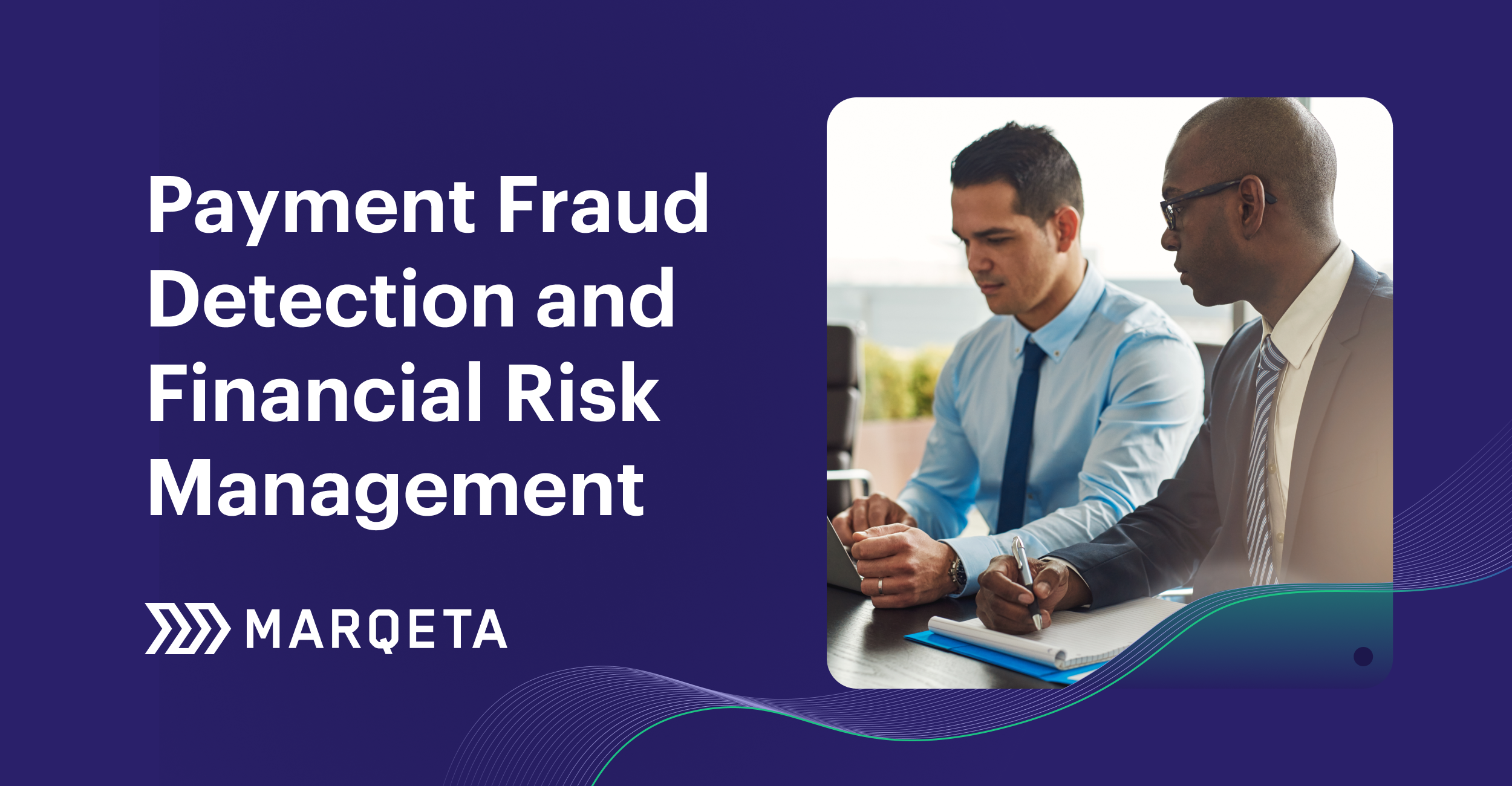Risk Management and Fraud Detection: A Comprehensive Guide
In 2023, 65% of businesses were victims of payment fraud, and 44% of those businesses were unable to recoup any of the stolen funds. Certified fraud examiners play a crucial role in understanding the financial impacts of fraud and the necessity for robust fraud risk management strategies.
In recent years, this type of fraud has cost businesses billions of dollars and Nilson predicts that global card fraud losses will total $397 billion over the next 10 years. In this environment, effective fraud detection measures and risk management strategies are vital to protect businesses and customers’ financial information.
What Are Fraud Detection and Risk Management?
Fraud detection involves the identification and prevention of deceptive or dishonest behavior intended to result in financial loss or harm. Meanwhile, risk management entails the assessment, mitigation, and monitoring of potential threats or uncertainties that may impact an organization’s objectives or operations.
Recognizing fraud risk factors is crucial for effective risk management, as it helps organizations implement preventive measures and robust internal controls to mitigate vulnerabilities, especially in the face of increasing technological threats. For an organization to continue to thrive, it needs to adopt an approach that encompasses them both.
The Importance of Fraud Prevention for Businesses
The most effective fraud prevention method is having a system in place to identify and assess potential threats and block fraudulent transactions before completion. A comprehensive fraud detection system should provide multiple risk management tools, such as advanced data analytics and transaction pattern analysis. By monitoring user behavior, conducting regular security audits, and staying informed about emerging fraud tactics, businesses can take proactive measures to mitigate vulnerabilities.
Payment fraud prevention offers many advantages to businesses in addition to safeguarding income and financial data. Let’s take a closer look at how businesses can benefit.
- Fraud prevention that interrupts bad actors early in the process minimizes financial losses, ensures business disruptions are kept to a minimum, and allows operational continuity.
- Preventing fraud protects a business's reputation and brand image. It is crucial to preserving customer trust, enhancing credibility, and fostering long-term relationships. A solid reputation contributes to sustained growth and competitive advantage.
- Demonstrating a commitment to financial protection through payment fraud prevention increases stakeholder confidence. In turn, reliability and transparency attract investors and improve customer retention.
- Effective payment fraud prevention keeps organizations in compliance with laws and regulations and protects them from legal penalties and the financial repercussions of regulatory violations.
- Minimizing the impact of fraud directly contributes to improved financial stability, allowing companies to optimize operational efficiency and allocate more resources toward growth.
What Is Credit Card Fraud Detection and How Does it Work?
Credit card fraud detection involves identifying the use of credit card information to make purchases or withdraw funds by unauthorized third parties. Credit card fraud is one of the most common types of payment fraud, and can take various forms that include:
- Phishing: Deceptive emails or websites trick users into sharing credit card details.
- Skimming: Devices capture card information from legitimate transactions.
- Chargebacks: Cardholders dispute transactions for refunds, sometimes fraudulently.
- Identity Theft: Personal information is stolen to help make unauthorized credit card purchases.
- CNP (Card Not Present) Fraud: Unauthorized transactions occur online or over the phone.
- Account Takeovers: Hackers gain unauthorized account access to make fraudulent transactions.
- Counterfeit Cards: Fake cards are created with stolen information for unauthorized purchases.
Credit card fraud detection allows a business to identify and prevent these activities before they result in financial losses or reputational damage. Tools that leverage advanced technologies, like machine learning and transaction monitoring systems, can flag suspicious activities, and allow businesses to take immediate action to safeguard their assets and customer data.
Payment Fraud Prevention Tools
Numerous technologies meet the growing need for credit card fraud detection. Each of the following solutions contributes an extra layer of security to credit card transactions:
1. Fraud detection software employs advanced algorithms and data analysis techniques to monitor transaction patterns in real time. These software solutions flag suspicious activities and potential instances of fraud for further investigation or immediate intervention. They involve:
- Machine learning algorithms are an important part of credit card fraud detection software. These algorithms use historical transaction data to continuously adapt and identify anomalies indicative of fraudulent behavior in real time.
- Behavioral analytics work with ML algorithms to analyze user behavior and transactional patterns. It establishes a baseline for normal behavior and allows the credit card fraud detection solution to detect deviations that may indicate fraud.
2. EMV chips help prevent fraud by storing data on a chip embedded in the card, making the cards more difficult to counterfeit or clone compared to traditional ones with a magnetic stripe.
3. Two-Factor Authentication (2FA) and Multi-Factor Authentication (MFA) add an extra layer of security by requiring users to provide two or more forms of verification. These can include passwords, biometrics, and one-time codes. 2FA and MFA significantly reduce the likelihood of fraud because even if one authentication method is compromised, fraudsters still face significant barriers.
4. Tokenization replaces sensitive credit card information with unique tokens during transactions, ensuring that even if intercepted, the data is useless to fraudsters.
5. Address verification systems check the cardholder's billing address provided during a transaction with the issuer's records. The system reduces the risk of fraud by confirming the legitimacy of the transaction and preventing unauthorized use of stolen card details.
6. Card verification values (CVV) or Card security codes (CSC) are three- or four-digit codes printed on credit cards, used as an additional security measure during card-not-present transactions. It verifies that the cardholder possesses the physical card, reducing the risk of CNP fraud.
7. IP geolocation identifies the geographical location of a user's device based on their IP address. The credit card fraud detection system compares the location with the cardholder's billing address or typical transaction locations. If the location is anomalous, the system can flag the transaction.
8. 3D Secure is an additional security protocol that adds an extra layer of authentication during certain online transactions. It requires cardholders to enter a password or one-time code, reducing the risk of unauthorized transactions and increasing security for both businesses and customers.
How Fraud Detection Fits Into a Risk Management Strategy
A healthy approach to risk management means staying ahead of bad actors and requires adopting a proactive approach to the problem of payment fraud prevention. If companies simply react to fraud after the fact, the majority of the damage may already have been done. Start by understanding the role of fraud detection in financial risk management strategy.
Understanding Risk Management
The risk management process involves addressing and minimizing the adverse effects of financial threats such as market volatility, credit risks, and fraud. A robust risk management strategy enables businesses to anticipate and navigate uncertainties, enhances resilience, and protects assets.
Implementing Fraud Prevention and Risk Management
Creating a comprehensive payment fraud prevention policy doesn’t have to be complicated. With the right credit card fraud detection tools, a business can minimize risks without introducing unnecessary hurdles for customers. Consider these tips for implementing a strong payment fraud prevention strategy as part of a financial risk management plan:
- Improving fraud prevention and financial risk management starts with staff. When employees know about the techniques and impact of credit card fraud, they can better appreciate the importance of vigilance and compliance with security protocols.
- Choose a payment processor that uses the most advanced technology available. Marqeta employs cutting-edge fraud detection tools that analyze transaction data in real time, enabling swift identification of suspicious activity and immediate intervention.
- Verification processes keep digital and phone transactions safe while introducing minimal friction for good transactions. Marqeta uses 3D Secure technology to add an extra layer of authentication and protect transactions. Additionally, robust password policies and regular security updates reduce a company’s attack surface and minimize the risk of data breaches and unauthorized access to sensitive information.
- Finally, it helps to view fraud detection and prevention as an arms race. Fraud techniques are constantly evolving, but luckily, so are fraud detection technologies. It’s important to regularly review and update fraud prevention strategies to adapt to new risks and adopt new technologies.
Fraud detection is a critical part of any business’s financial risk management. From brick-and-mortar stores to e-commerce platforms, businesses can reap the benefits of advanced fraud protection technology. To learn more about how Marqeta can reduce the chances of fraud striking your business, reach out to our team today.

